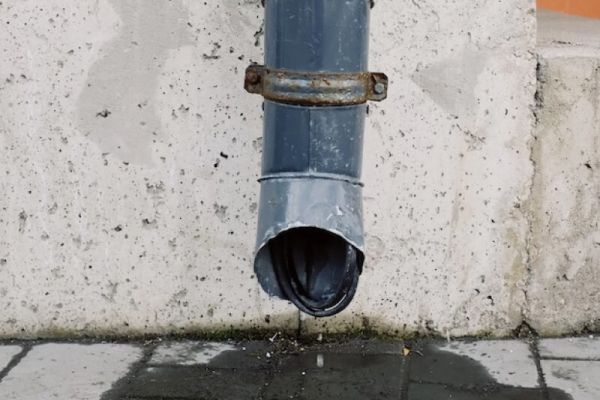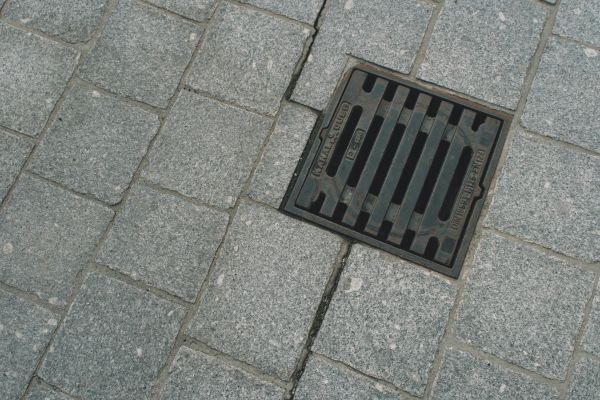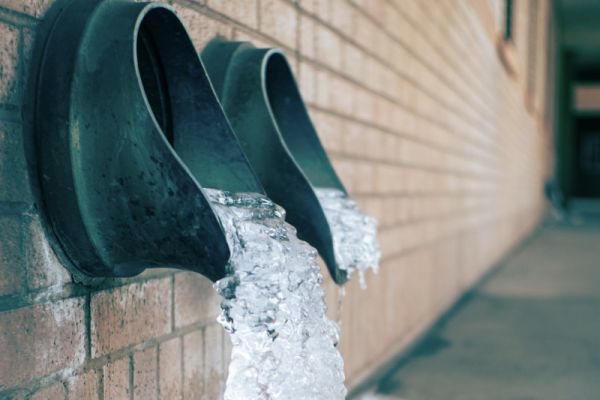In this article
I’m not sure the blockage is on my property. How can I find out?
Have you noticed a blockage or bad smell coming from a drain around your property boundary, and need to know if you're responsible for its maintenance? In general, you are responsible for drains inside your property's bounds, whereas the sewerage company is responsible for lateral drains and sewers that are normally outside of property boundaries. Although most sewers are now publicly owned, there are still some that are privately held or unadopted. If one of these serves your property, you may be liable for its upkeep.
What’s the difference between a drain and a sewer?
A drain is a tube that empties water and garbage from a building and other buildings that are connected to it, such as a garage.
A lateral drain is a section of pipe that transports wastewater from your property to a sewer. It's frequently found outside your property line, often beneath a public sidewalk or road. If you share a sewer with your neighbour, a lateral drain may flow beneath your property.
A sewer gathers water and garbage from several buildings' drains. Many sewers are publicly owned and maintained by your local water provider. There are, nevertheless, some privately owned sewers. Some households are linked to a cesspool, septic tank, or treatment plant instead of a sewer. You will not have to pay sewage rates to a sewerage company if you are not linked to a sewer.
How can I find out whether it's my responsibility?
Check your property documents or contact your local government for a more illustrated picture of what pipes are inside your household's boundaries. Check a neighbouring manhole to see if it is full, if it is there is a very high chance it is the responsibility of the local water authority. Just give them a call and they will sort out the issue free of charge.
Still unsure? Find out 9 signs you need to call a drainage specialist. Alternatively, if you would like to get in touch to discuss your drains, contact our expert team today.
Get in touch
Contact our friendly and professional team via form, phone or email for any drainage issues you may have.
From blocked drains to septic tank repairs and replacements, we're here to help. We have over 25 years of experience and offer 24/7 emergency callouts.
-
01386 882324
-
WhatsApp
-
This email address is being protected from spambots. You need JavaScript enabled to view it. -
See what our customers think


